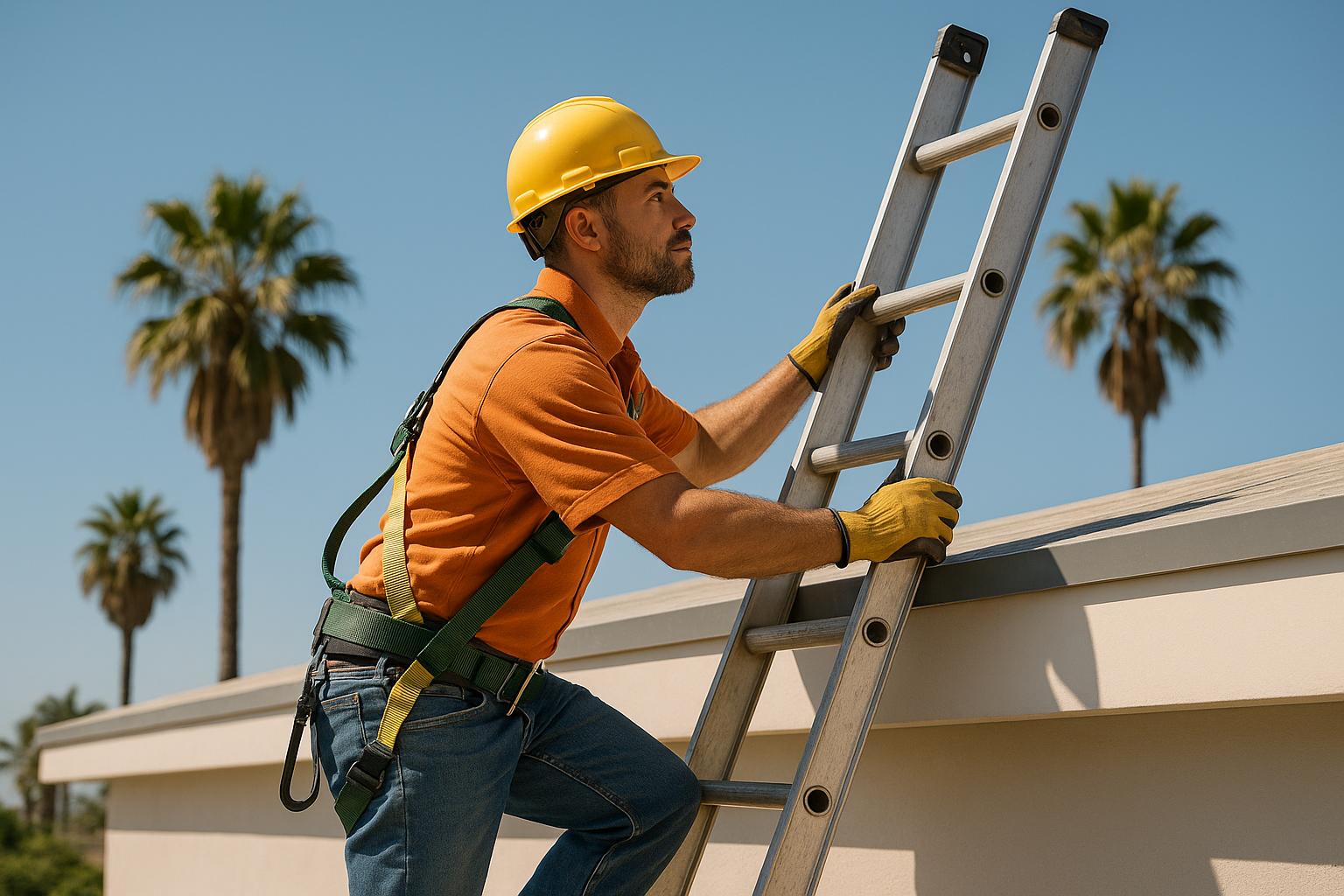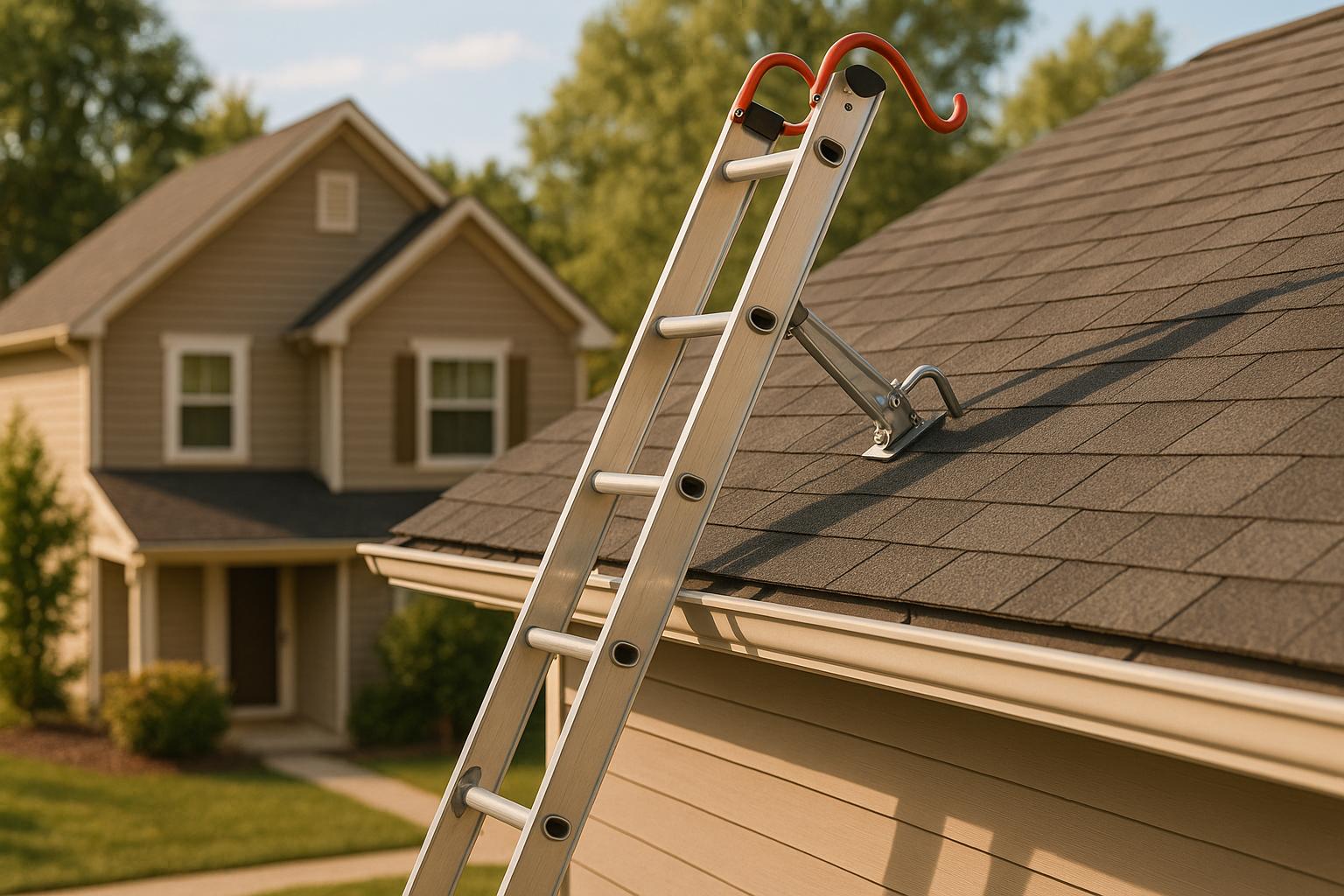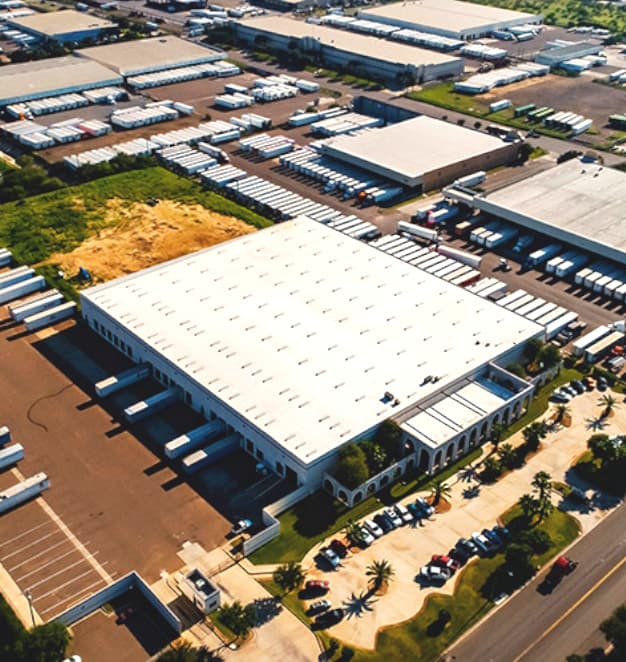Ladder safety is non-negotiable for commercial roofers in California. Strict regulations aim to prevent accidents and ensure worker safety on elevated worksites. Here’s what you need to know:
- Key Regulations: California’s Title 8 Code of Regulations (T8CCR) Sections 1675, 3276, 3287, and 3413 set clear rules for ladder construction, use, and maintenance.
- Duty Ratings: Ladders must meet specific load capacities, ranging from 200 lbs. (Type III) to 375 lbs. (Type IAA).
- Inspections: Ladders must be inspected regularly, and damaged equipment should be removed from service immediately.
- Training: Workers and supervisors must complete documented ladder safety training.
- Fall Protection: OSHA and Cal/OSHA require fall protection systems for ladders over 24 feet, with stricter rules for California.
Following these guidelines not only prevents injuries but also avoids fines, delays, and reputational harm. Companies like Prime American Roofing set an example by prioritizing safety, protecting their workers, and maintaining compliance with state and federal standards.
OSHA and Cal OSHA for Ladders
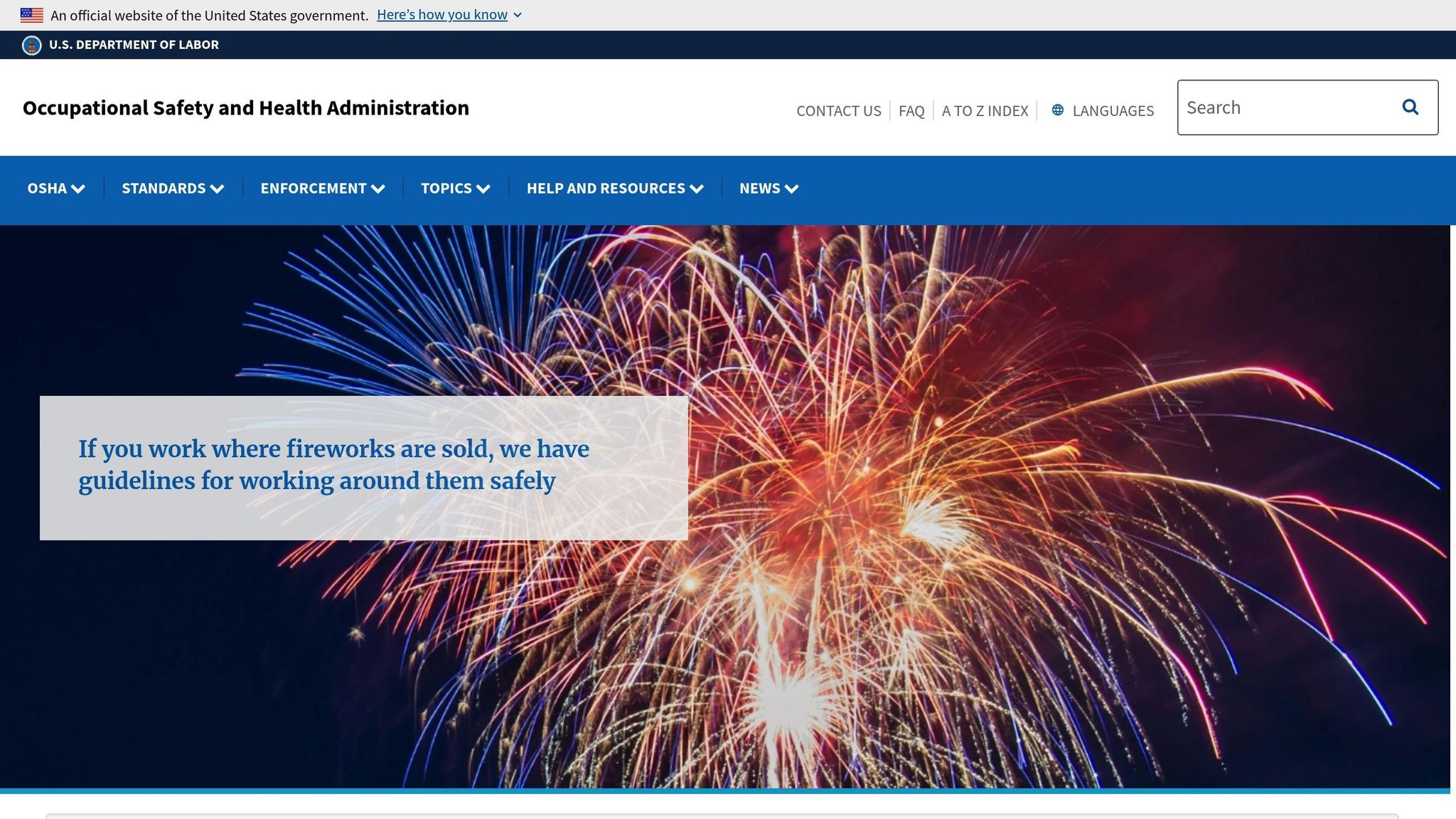
California Ladder Safety Regulations Explained
California has established detailed ladder safety regulations designed to protect workers and ensure compliance in industries like commercial roofing. These rules outline clear safety requirements and enforceable standards for ladder use.
Title 8 California Code of Regulations (T8CCR) Overview
The foundation of California’s ladder safety rules is found in Title 8 of the California Code of Regulations (T8CCR). Specifically, Sections 1675, 3276, 3287, and 3413 provide the framework for portable ladder safety in construction projects, including roofing work.
Section 3276 is the primary regulation governing portable ladders in construction. It requires that ladders be used to provide safe access to elevated areas where stairways, ramps, or other access solutions are unavailable. Commercial roofers must use ladders that meet strict construction and maintenance criteria.
The regulations also address duty ratings. For instance, outdoor advertising structures must use at least a Type I, IA, or IAA ladder as per T8CCR 3276. Additionally, when 25 or more workers use a ladder, or when two-way traffic is expected, double-cleat ladders are required. However, these ladders cannot exceed 24 feet in length.
National Standards Used in California Rules
California incorporates ANSI (American National Standards Institute) guidelines into its ladder safety regulations. T8CCR 3276 specifically references ANSI standards A14.1‑2007, A14.2‑2007, and A14.5‑2007. These standards outline technical specifications for wood, metal, and reinforced plastic ladders, ensuring they meet rigorous construction, testing, and performance requirements. While these ANSI standards form the backbone, California’s regulations add state-specific requirements to address local needs.
Ladder Construction, Maintenance, and Use Standards
California’s regulations provide precise limits for various ladder types used in commercial roofing, defining the maximum lengths allowed for each:
| Ladder Type | Maximum Length (Feet) |
|---|---|
| Step Ladder | 20 |
| Two-section extension ladder (wood) | 60 |
| Two-section extension ladder (metal) | 48 |
| Three-section extension ladder (metal) | 60 |
| Two-section extension ladder (reinforced plastic) | 72 |
| Single ladder | 30 |
| Cleat ladder | 30 |
To ensure stability and structural integrity, minimum overlap requirements are also specified:
| Ladder Size (Feet) | Minimum Overlap (Inches) |
|---|---|
| Up to and including 32 | 36 |
| Over 32, up to and including 36 | 46 |
| Over 36, up to and including 48 | 58 |
| Over 48, up to and including 60 | 70 |
Frequent inspections play a critical role in maintaining ladder safety. After any potential impact or damage, ladders must be thoroughly inspected. If defects are found, the ladder must be removed from service immediately and tagged with a warning such as "Dangerous, Do Not Use".
Additionally, California requires comprehensive ladder-use training. Workers must receive proper instruction on safe ladder usage before operating one, and this training must be documented and updated regularly to ensure compliance during inspections.
Fixed ladders, often used for permanent or semi-permanent access, come with their own set of design and construction requirements. These include specific load capacities and material standards to ensure long-term safety.
OSHA and Cal/OSHA Ladder Safety Rules
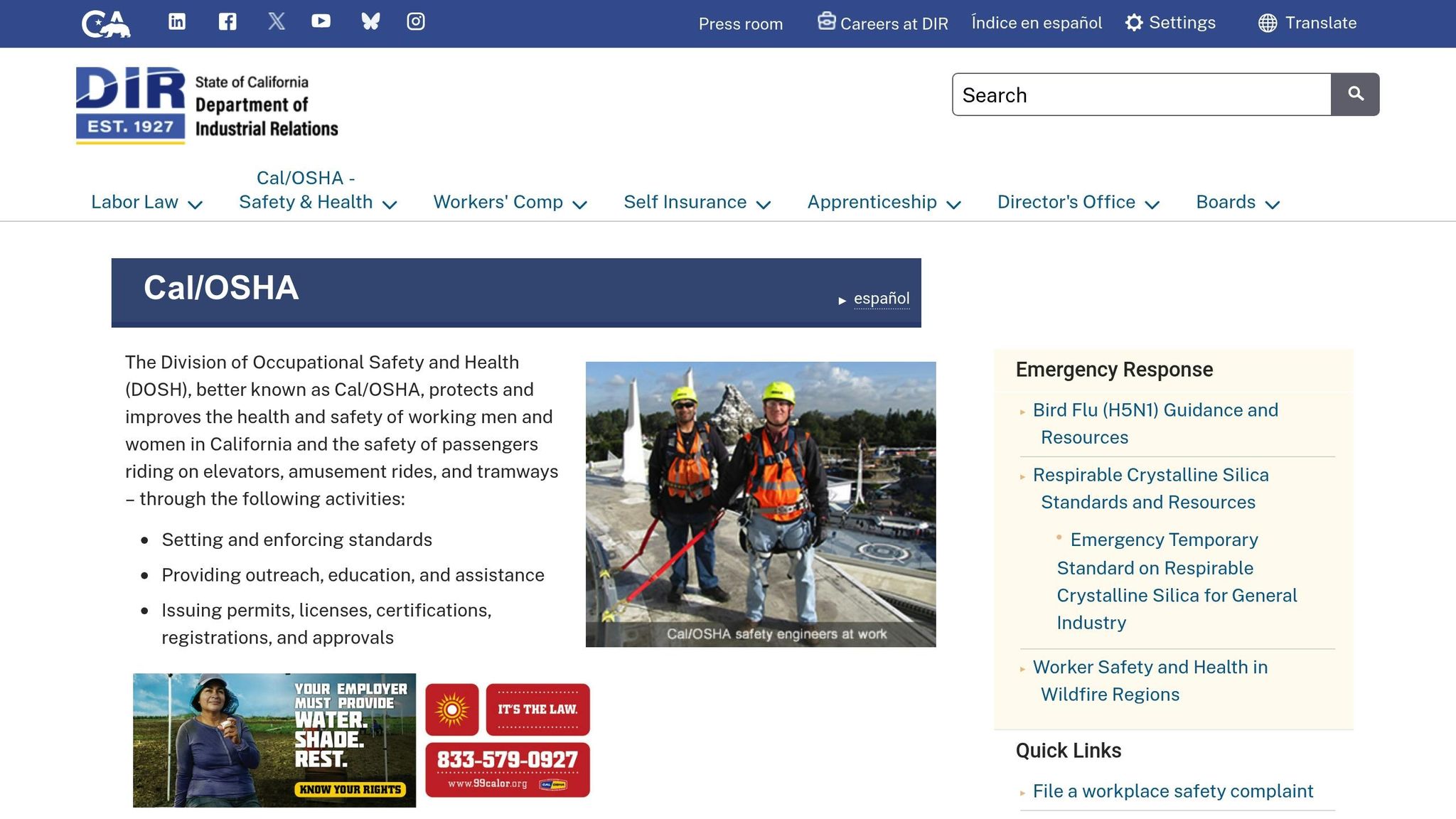
Federal OSHA and California’s Cal/OSHA standards set the bar high for ladder safety, especially for commercial roofers. In California, workers must comply with both federal OSHA guidelines and the stricter Cal/OSHA rules. Cal/OSHA operates on the principle that state safety programs must meet or exceed federal OSHA standards, and in many cases, California enforces even tougher regulations. For commercial roofers, this means following the more stringent Cal/OSHA requirements to remain fully compliant.
Fixed Ladder Rules
OSHA has updated its rules for fixed ladders over 24 feet, requiring fall protection systems like ladder safety systems or personal fall arrest systems. By November 19, 2036, ladder cages will no longer be permitted. This is a shift from older standards, which mandated cages for ladders taller than 20 feet.
Falls from ladders are a major safety concern. They account for 20% of all fatal and lost workday injuries in general industry. In construction, approximately 50 workers lose their lives each year due to ladder-related falls, with 20% of fatal falls in 2009 linked to ladders.
Portable Ladder Safety Rules
Both OSHA and Cal/OSHA have detailed guidelines for the use of portable ladders, but California’s rules under Title 8 California Code of Regulations (T8CCR) Sections 1675, 3276, 3287, and 3413 are more specific. Workers must undergo ladder safety training, and in California, supervisors of employees who frequently use ladders are also required to complete this training. Beyond training, ladders must be inspected regularly by a qualified person, especially after any incidents.
Differences Between OSHA and Cal/OSHA Rules
There are several key differences between federal OSHA and Cal/OSHA ladder safety regulations. For instance, OSHA requires fall protection for workers on roofs 6 feet or more above a lower level, while Cal/OSHA sets this requirement at 20 feet. Additionally, Cal/OSHA mandates fall protection when the working surface is 30 inches above the next level, compared to OSHA’s 4-foot threshold. California also requires toeboards when surfaces are more than 6 feet above areas where employees normally work or travel.
Guardrail requirements also vary. Federal OSHA specifies that top rails of metal guardrails must be 42 inches high, with a tolerance of plus or minus 3 inches. Cal/OSHA, on the other hand, allows a range of 42 to 45 inches, with a 1-inch tolerance. Both standards require guardrails to withstand a 200-pound force, but Cal/OSHA adds that they must support 20 pounds per linear foot.
Roofing remains one of the most hazardous jobs in the country, with a fatality rate of 59 deaths per 100,000 full-time equivalent workers in 2021. These differences highlight the importance of combining OSHA and Cal/OSHA safety measures on every roofing project.
For commercial roofers, adhering to both OSHA and Cal/OSHA standards is not just about compliance – it’s about safeguarding workers and maintaining efficient operations. Companies like Prime American Roofing incorporate these rigorous ladder safety protocols into every project, ensuring the highest levels of worker safety and regulatory adherence.
Ladder Safety Best Practices for Commercial Roofing
Adhering to California’s ladder safety regulations isn’t just about compliance – it’s about creating a safer work environment for everyone involved. For commercial roofing companies, this means implementing consistent practices that cover everything from inspections to proper ladder use.
Pre-Use Ladder Inspections
Before using a ladder, it’s essential to inspect it for any signs of damage or defects. A thorough inspection helps prevent accidents and ensures the equipment is safe to use. Developing a routine inspection process that checks all potential failure points is a practical step for commercial roofers.
Start by examining the structural integrity of the ladder. Look for bent or damaged rails, loose or missing rungs, and cracks in the material. Pay close attention to hardware like locks, hinges, and spreader bars on stepladders, ensuring they’re in good condition. Don’t forget to check the ladder feet – they should be slip-resistant and free from damage.
Documenting inspections is a key part of meeting Cal/OSHA requirements. Use inspection forms to track findings, and if a ladder is damaged, tag or lock it to prevent use until repairs are made. If repairs aren’t possible, the ladder should be destroyed – cut into pieces or otherwise rendered unusable – and disposed of properly. This ensures damaged equipment won’t accidentally return to service.
Once inspections are complete, focus on proper setup to maintain stability and safety during use.
Correct Ladder Setup and Use
After confirming that a ladder is in good condition, proper setup is the next step to avoid hazards. Cal/OSHA has specific guidelines for ladder setup, starting with surface preparation. Ladders must be placed on stable, level surfaces unless they’re secured to prevent movement. Avoid setting ladders on unstable bases like boxes or barrels, and don’t use them on snow, ice, or other slippery surfaces unless adequate precautions are taken. Keep the area around the ladder clear of mud, debris, or materials that could obstruct access.
Angle positioning is another critical factor for non-self-supporting ladders. The ladder should be positioned so that the base is one foot away from the wall for every four feet of ladder length – a 1:4 ratio. This ensures the ladder is stable and safe to climb.
For extension ladders, make sure they extend at least three feet above the roof or elevated surface being accessed. Additionally, the top section of the ladder should rest securely on the bottom section, with the rung locks engaged.
To prevent accidents, secure the ladder either at the top, to stop it from slipping sideways, or at the base, to prevent outward movement. Placement is also crucial – ladders should not be set up in areas where they might be displaced, such as doorways, driveways, or passageways, unless they’re protected by barricades or guards. If near a door, ensure the door is locked or a guard is posted.
Training and Record Keeping
California mandates ladder safety training for both workers and their supervisors. This ensures that everyone involved understands how to use ladders safely. Employees must be trained before they ever step foot on a ladder, and supervisors need to be equally knowledgeable.
Training should cover a range of topics, including:
- Safe ladder use and the risks of falls.
- Selecting the right ladder for the job, considering factors like length, weight limits, and potential electrical hazards.
- Proper ladder setup, including footing, securing, and the correct angle.
- Maintenance and inspection procedures, as well as how to remove damaged ladders from service.
Another important aspect is behavioral safety training, which addresses common causes of falls like rushing, sudden movements, lack of attention, improper footwear, and physical condition. Workers also need to understand what not to do with ladders, such as climbing on cross bracing or exceeding maximum length requirements.
Record keeping is vital for compliance. Employers are required to maintain records of all safety training, hazard evaluations, and corrective actions taken to address risks. These records should be part of the company’s Injury and Illness Prevention (IIP) Program under T8 CCR 3203. Integrating ladder safety into the broader safety management system ensures thorough coverage and streamlines compliance efforts.
Prime American Roofing exemplifies this approach by embedding comprehensive training and meticulous record keeping into their safety protocols. This commitment ensures every worker is equipped with the knowledge they need to stay safe while meeting Cal/OSHA standards.
sbb-itb-d1d6490
Common Violations and How to Avoid Them
Understanding common ladder safety violations is essential for preventing accidents and avoiding costly citations. Each year, ladder falls claim the lives of around 50 construction workers, with most fatalities occurring during ladder use. Below, we’ll break down the most frequent violations and practical steps to maintain compliance.
Most Common Ladder Safety Violations
Safety inspectors from Cal/OSHA and federal OSHA often encounter similar issues on commercial roofing sites, many of which arise from insufficient training or poor oversight.
One of the most frequent violations is improper ladder extension. When ladders don’t meet proper extension requirements, workers are left vulnerable due to inadequate support.
Another common issue is using defective or damaged ladders. Broken rungs, bent rails, or faulty locking mechanisms create immediate dangers. If damaged equipment isn’t promptly removed from service, it remains a hazard.
Incorrect ladder placement is another widespread problem. This includes setting ladders on unstable or uneven surfaces and failing to maintain the required 4:1 angle. According to the National Institute for Occupational Safety and Health (NIOSH), the primary causes of falls from portable ladders are sliding at the base and tipping sideways.
"Improper portable ladder use significantly increases injury risk." – National Institute for Occupational Safety and Health (NIOSH)
Overloading ladders is also a serious violation. Exceeding a ladder’s weight capacity can lead to structural failure, particularly when workers carry heavy materials or when multiple people use the same ladder.
Lastly, inadequate fall protection often results in citations. Workers are required to use personal fall arrest systems in certain situations, especially on taller ladders or in environments with additional fall risks.
How to Stay in Compliance
Compliance starts with integrating safety into everyday operations. By focusing on inspections, proper setup, and training, you can create safer job sites. Here are some actionable steps:
- Daily inspections: Require crew members to inspect ladders for damage, check hardware, and confirm suitability for the task. Keep records of these inspections to demonstrate compliance during audits.
- Job-specific ladder selection: Match ladder types to the work environment, weight limits, and potential electrical hazards. Providing reference charts with duty ratings can help workers choose the right ladder for the job.
- Setup checklists: Standardize procedures for surface preparation, angle measurement, securing methods, and ensuring proper clearance. Visual guides or tools can help workers set up ladders correctly every time.
- Equipment maintenance: Immediately replace or isolate damaged ladders. Avoid on-site repairs, as they may compromise safety.
- Training programs: Offer comprehensive training that focuses on hazard recognition and emergency response specific to ladder use. Well-trained workers are more likely to follow safety protocols.
Why Safety Investments Pay Off
Focusing on ladder safety doesn’t just protect workers – it also brings measurable benefits to your business. Here’s how:
- Lower workers’ compensation costs: With over 164,000 ladder-related injuries treated in U.S. emergency rooms annually, strong safety programs can reduce medical expenses and insurance premiums.
- Increased productivity: Workers who feel secure can concentrate on their tasks, leading to fewer errors and less rework.
- Stronger reputation: A solid safety record appeals to property owners and contractors, giving you an edge in the competitive roofing market.
- Fewer project delays: Addressing safety issues proactively prevents work stoppages that could disrupt schedules and strain client relationships.
- Higher employee retention: When workers know their safety is a priority, they’re more likely to stay, reducing turnover and training costs.
Take Prime American Roofing as an example. By exceeding California’s ladder safety standards, the company has seen fewer accidents, greater worker confidence, and stronger relationships with clients who appreciate their commitment to safety.
The data underscores the importance of ladder safety: twice as many falls occur when stepping down compared to climbing up, and ladders are involved in 20% of fatal construction falls. These figures aren’t just statistics – they represent lives and livelihoods. Prioritizing safety is more than a legal obligation; it’s a moral responsibility.
Conclusion: Making Ladder Safety a Priority in California Commercial Roofing
Ladder safety regulations in California’s commercial roofing industry play a crucial role in preventing injuries and saving lives. Nationwide, ladders account for 20% of fatal falls, and over 164,000 ladder-related injuries result in emergency room visits each year. For commercial roofing companies, adhering to these safety standards isn’t just about compliance – it’s about protecting workers and maintaining smooth operations.
California’s T8CCR standards lay out clear guidelines, requiring proper training, regular inspections, and the use of suitable equipment. Starting July 1, 2025, new rules will also mandate fall protection for work done at heights of six feet or more. These evolving standards reflect the state’s commitment to worker safety and set a high bar for the industry.
Beyond regulations, effective safety management relies on three key practices: thorough inspections, comprehensive training, and choosing the right equipment. Companies should create a workplace culture where safety becomes second nature. This means conducting daily equipment checks, offering hazard-specific training, and investing in high-quality, compliant tools designed for the unique challenges of commercial roofing. Not only does prioritizing ladder safety reduce workplace injuries and workers’ compensation claims, but it also boosts productivity and reinforces a company’s reputation for professionalism and care.
A standout example in this field is Prime American Roofing, a Southern California company known for going above and beyond state safety requirements. By maintaining rigorous training programs and exceeding compliance standards, they’ve built a reputation for delivering exceptional roofing work while safeguarding their team. Their approach illustrates how focusing on safety supports both worker well-being and business success.
California’s ladder safety regulations provide a clear framework for protecting workers and businesses alike. With roofing being such a high-risk industry, every precaution matters. Prioritizing ladder safety isn’t just about following the rules – it’s about ensuring that every worker gets home safely at the end of the day.
FAQs
What ladder safety training is required for commercial roofers in California, and how often must it be renewed?
In California, commercial roofers must undergo ladder safety training covering proper ladder use, fall prevention methods, and identifying potential hazards. This training is mandatory when a new employee is hired and must be refreshed every year or whenever workplace hazards change. Following these regulations not only protects workers but also helps businesses steer clear of fines.
What are the key differences between California’s ladder safety regulations and federal OSHA standards, and how can commercial roofers ensure compliance with Cal/OSHA?
California’s Ladder Safety Regulations
California enforces ladder safety through Cal/OSHA, which often imposes stricter rules than federal OSHA standards. For instance, Cal/OSHA requires more frequent ladder inspections and enforces tighter weight limits to prioritize worker safety. These measures are especially critical for commercial roofing projects, where ladders are a daily necessity in elevated and risky conditions.
To stay compliant with Cal/OSHA, commercial roofers should:
- Use ladders that align with Cal/OSHA safety standards, ensuring they are the right height, have the appropriate load capacity, and provide secure footing.
- Perform regular ladder inspections to check for damage, wear, or defects that could compromise safety.
- Train workers on safe ladder practices, covering proper climbing techniques and how to balance loads effectively.
Adhering to these practices not only creates a safer workplace but also helps avoid fines and penalties. For the most accurate and up-to-date requirements, always consult the latest Cal/OSHA guidelines.
What are the most common ladder safety mistakes in commercial roofing, and how can they be prevented?
One of the most common safety pitfalls in commercial roofing involves improper ladder use. Issues like using damaged ladders, setting them at incorrect angles, or failing to secure them properly can not only break safety rules but also put workers in serious danger.
To address these risks, companies should make ladder inspections a regular practice to ensure they’re safe to use. Ladders should always be set at the correct 4:1 angle – meaning 1 foot out for every 4 feet of height – and secured firmly at the top to prevent any shifting or movement. On top of that, providing workers with detailed training on ladder safety and proper handling is crucial for meeting OSHA standards and keeping everyone safe on the job.

